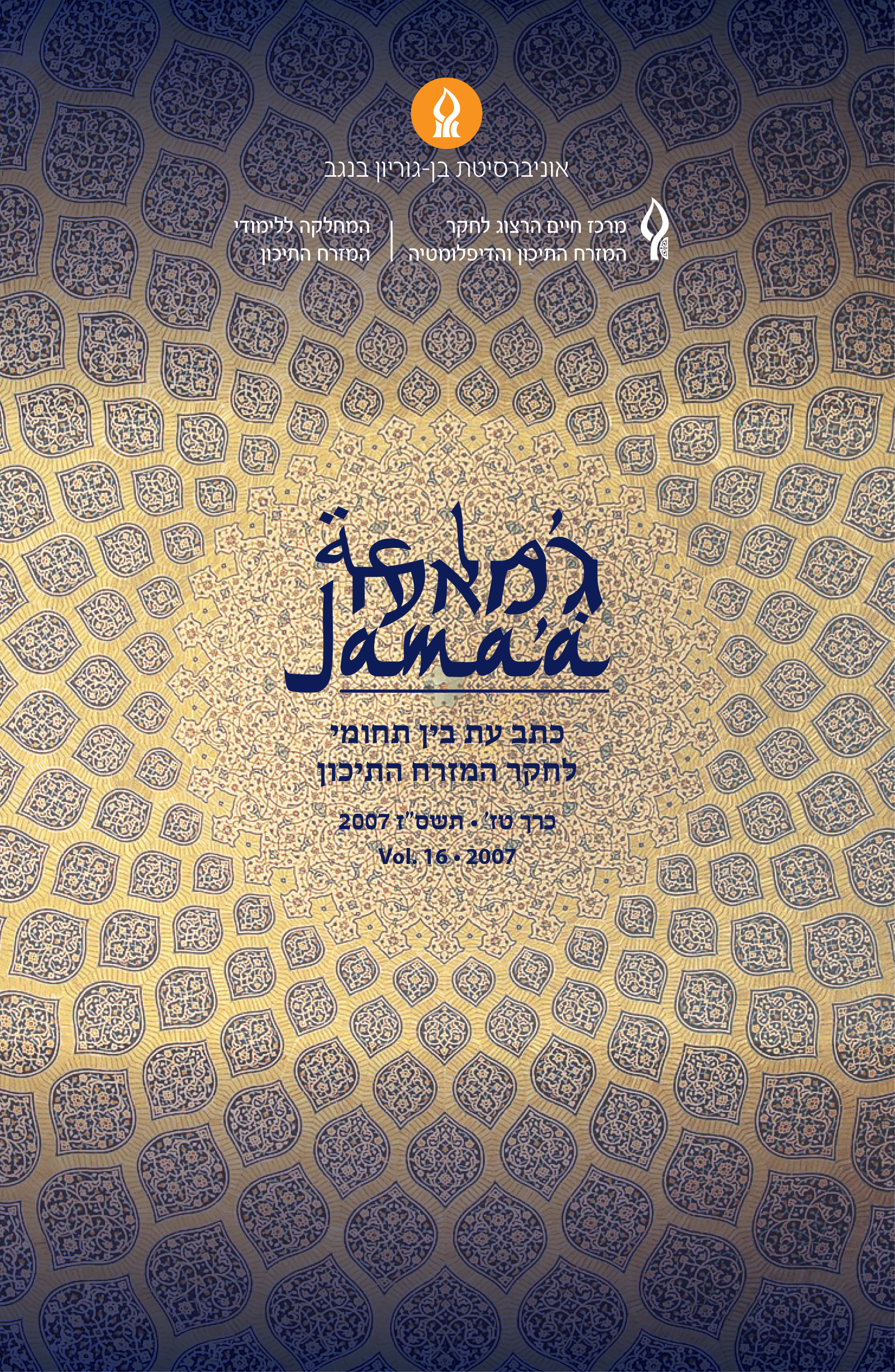Looking into Majalat al-Islam wal-Tasawwuf
Islam and Modernity in Revolutionary Egypt
DOI:
https://doi.org/10.64166/v4cd5093Abstract
From the days of Muhammad Ali (1805-1848), all the Sufi orders in Egypt were united under one organization: The Sufi High Council. From 1958 to 1961 the head of this organization, Sheikh Muhammad Mahmud ‘Alawan, published a new periodical titled: Al-Islam wa-l-Tasawwuf. This periodical represented a junction between the traditional voice of the Sufi tariqas and the revolutionary- nationalist voice of the regime. This article illustrates the twofold ways by which the High Sufi Council tried to retain its hold and influence in the public sphere by supporting the revolutionary regime on the one hand, and expressing loyalty to the Sufi heritage, custom and unique history, on the other hand. The multiple contributors from the Sufi High Council, al-Azhar, the regime and the intellectual elite created an influx of ideas in which modernity, revolution and Sufism were mingled. This article shows the relevance of Sufism to Egyptian society in the revolutionary era, and after.
References
Downloads
Published
Issue
Section
License
Copyright (c) 2007 Jama'a: an Interdisciplinary Journal of Middle East Studies

This work is licensed under a Creative Commons Attribution-NonCommercial 4.0 International License.





